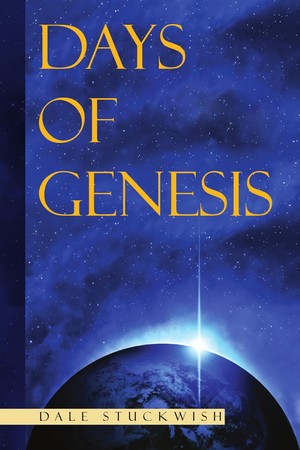Biological life is complex in itself. From birth to death organisms are marvelous. Metamorphosis of living creatures are very amazing because of the changes within the organism. There are two types of metamorphosis, incomplete and complete. Incomplete metamorphosis such as in a grasshopper, the young resemble the adult but are wingless. Eventually wing buds appear and then they grow out into full length until the grasshopper reaches full maturity.
The most amazing type of metamorphosis is complete metamorphosis which occurs with butterflies and moths. Take the butterfly for example. There are four stages in the life cycle of a typical butterfly. The contains of the egg change to a caterpillar. The caterpillar then forms itself into a pupa. Everything inside becomes a gooey pulp. Then it changes to a butterfly which emerges. None of the organs or structures in the caterpillar are in the butterfly. Everything is completely new. The pupa or cocoon stage is the most marvelous growth stage during complete metamorphosis. The caterpillar is completely transformed. It actually dissolves into a protoplasm which in turn develops into a completely different animal which can fly. The development is short of amazing. The complexity of how everything forms into this new creature has to be nothing short of intelligent design. This variation within these butterflies and moths has nothing to do with evolution but everything to do with the creature becoming a full adult. Even though the caterpillar changes to the butterfly or moth, these animals only live a short time when they become adults. They mate, lay eggs and then die. The cycle begins again when the eggs hatch.
One day, we as born again Christians are going to go into a metamorphosis change too. We will receive a glorified body that will live for eternity. We will all be changed (1 Corinthians 15:51). Amen! Glory to our Lord and Savior Jesus Christ!
The most amazing type of metamorphosis is complete metamorphosis which occurs with butterflies and moths. Take the butterfly for example. There are four stages in the life cycle of a typical butterfly. The contains of the egg change to a caterpillar. The caterpillar then forms itself into a pupa. Everything inside becomes a gooey pulp. Then it changes to a butterfly which emerges. None of the organs or structures in the caterpillar are in the butterfly. Everything is completely new. The pupa or cocoon stage is the most marvelous growth stage during complete metamorphosis. The caterpillar is completely transformed. It actually dissolves into a protoplasm which in turn develops into a completely different animal which can fly. The development is short of amazing. The complexity of how everything forms into this new creature has to be nothing short of intelligent design. This variation within these butterflies and moths has nothing to do with evolution but everything to do with the creature becoming a full adult. Even though the caterpillar changes to the butterfly or moth, these animals only live a short time when they become adults. They mate, lay eggs and then die. The cycle begins again when the eggs hatch.
One day, we as born again Christians are going to go into a metamorphosis change too. We will receive a glorified body that will live for eternity. We will all be changed (1 Corinthians 15:51). Amen! Glory to our Lord and Savior Jesus Christ!



